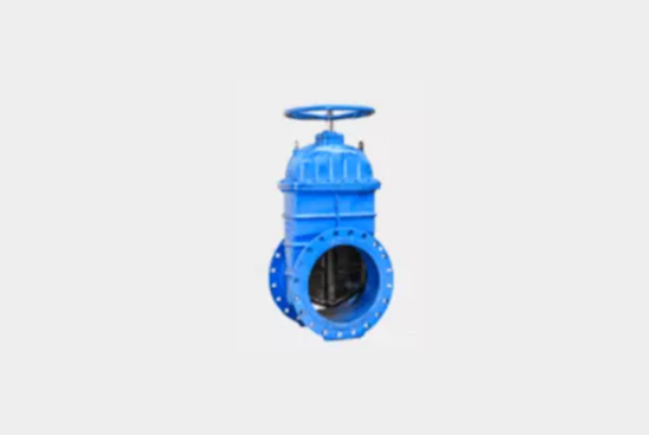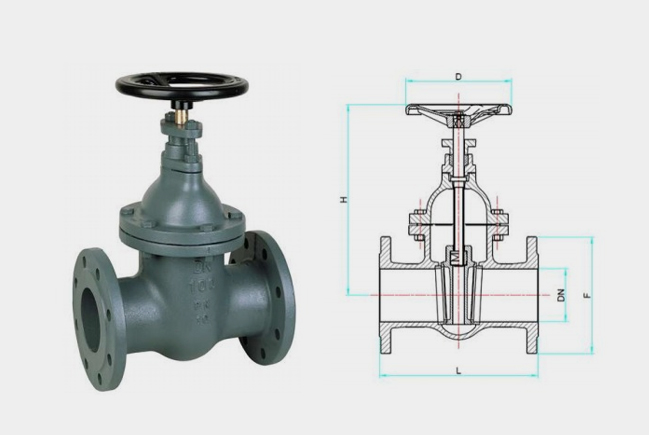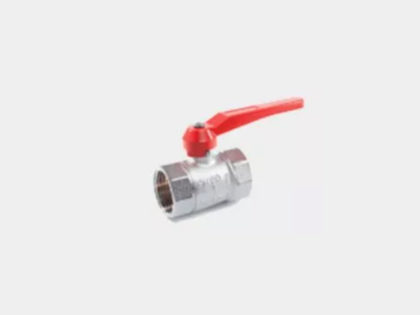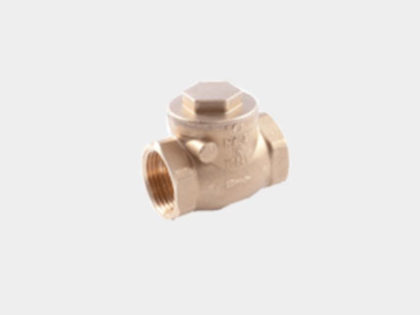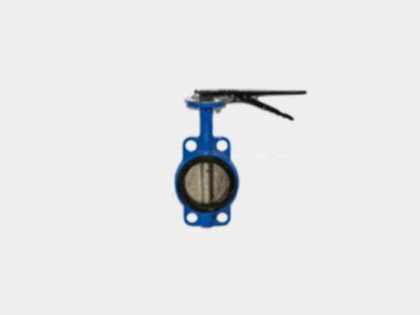STORING
Keep in a dry and closed environment.
MAIN CHARACTERISTICS
Face-to-face length according to EN 558-1, basic series 15
Flanged according to EN 1092-2 PN16 with raised face
Inside screw thread clockwise closing, adjustable stuffing box
Minimal pressure drop
Hydrostatically tested according to EN 12266-1: Test type P11-P12 Rate A
Pressure Equipment Directive 2014/68/UE Group 2
100% full bore
Pressure Equipment Directive 2014/68/UE Group 2
Gate valves are bi-directional and can be installed in any position. However, the preferred orientation is
with the stem pointing vertically upwards.
RECOMMENDATIONS
Before carrying out maintenance, or dismantling the valve, be sure that the pipes, valves and liquids have
cooled down, that the pressure has decreased and that the lines and pipes have been drained in case of
toxic, corrosive, inflammable or caustic liquids.
Temperatures above 50°C and below 0°C might cause damage to people.
INSTALLATION
- Handle with care. DO NOT weld the flanges to the piping after installing the valve
- Water hammers might cause damage and ruptures. Inclination, twisting and misalignments of the piping
may subject the valve to stress, once installed. It is recommended that elastic joints be used in order to
reduce these effects as much as possible. The disc must be partially open. The mounting can be made
with the stem axis in a horizontal or vertical position. - Verify maximum working pressure and limits of use. Place the valve between two flanges. While placing
the valve, ensure there is sufficient space in order not to damage the rubber. Do not mount seals
between valve and flanges. - Carefully clean the contact surface. DO NOT weld the flanges to the tube if the valve has already been
installed. - Tighten the bolts crosswise and progressively, in order to distribute the pressure equally before the body
and flanges come into contact with each other - Turbulences of the fluid might increase erosion and reduce the life-cycle of the valve. Install the valve at a
distance of at least 1 x DN upstream, and at a distance of 2-3 x DN downstream, away from fittings or
bends. Check that no other components of the piping interfere or create damage or malfunctioning. If
they do, a spacer should be inserted for the valve to operate correctly.
DISPOSAL
For valve operating with hazardous liquids(toxic, corrosive…) , if there is a possibility of residue remaining in
the valve, take due safety precaution and carry out required cleaning operation. Personnel in charge must
be trained and equipped with appropriate protection devices.
Prior to disposal, disassemble the valve and separate the component according to various materials. Please
refer to product literature for more information. Forward sorted material to recycling (e.g. metallic materials)
or dispose it, according to local and currently valid legislation taking into consideration the environment.
BODY STEM
Grey cast iron EN-GJL-250 EN 1561 Brass CW614N EN 12164
SCREW WASHER
Zinc plated carbon steel 8.8, EN ISO 4017 Zinc plated carbon steel EN 7092
BONNET MOTHER SCREW
Grey cast iron EN-GJL-250 EN 1561 Brass CB 754-S GM EN 1982
SEAT STUFFING BOX AND PACKING GLAND
Brass CB 754-S GM EN 1982 Grey cast iron, EN-GJL-250 EN 1561
WEDGE FINISHING
DN40 => DN65: Phenolic-oil resin
Brass CB 754-S GM EN 1982 with zinc-phosphate
DN80 => DN200: coating Grey Ral 7011
Grey cast iron
EN-GJL-250 EN 1561
TIE ROD HANDWHEEL
Zinc plated carbon steel 8.8 Grey cast iron, EN-GJL-250EN 1561
NUT GASKET
Zinc plated carbon steel 8.8 , EN ISO 4032 FASIT 205
PACKING
PTFE ASTM 4894


